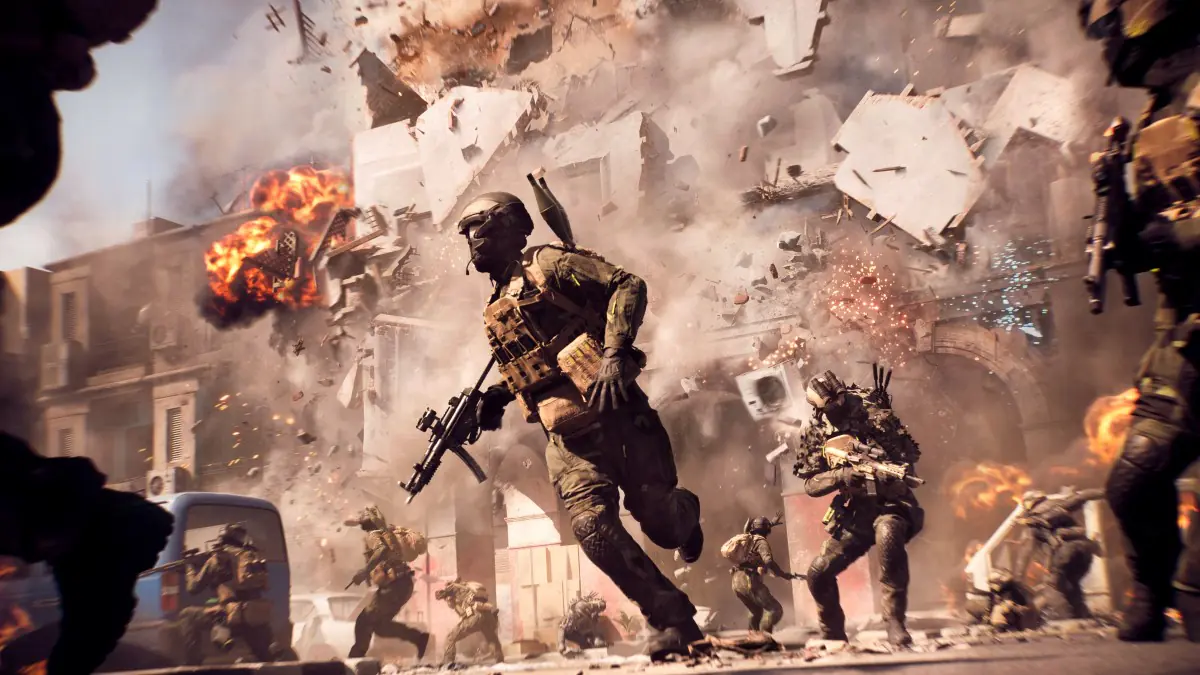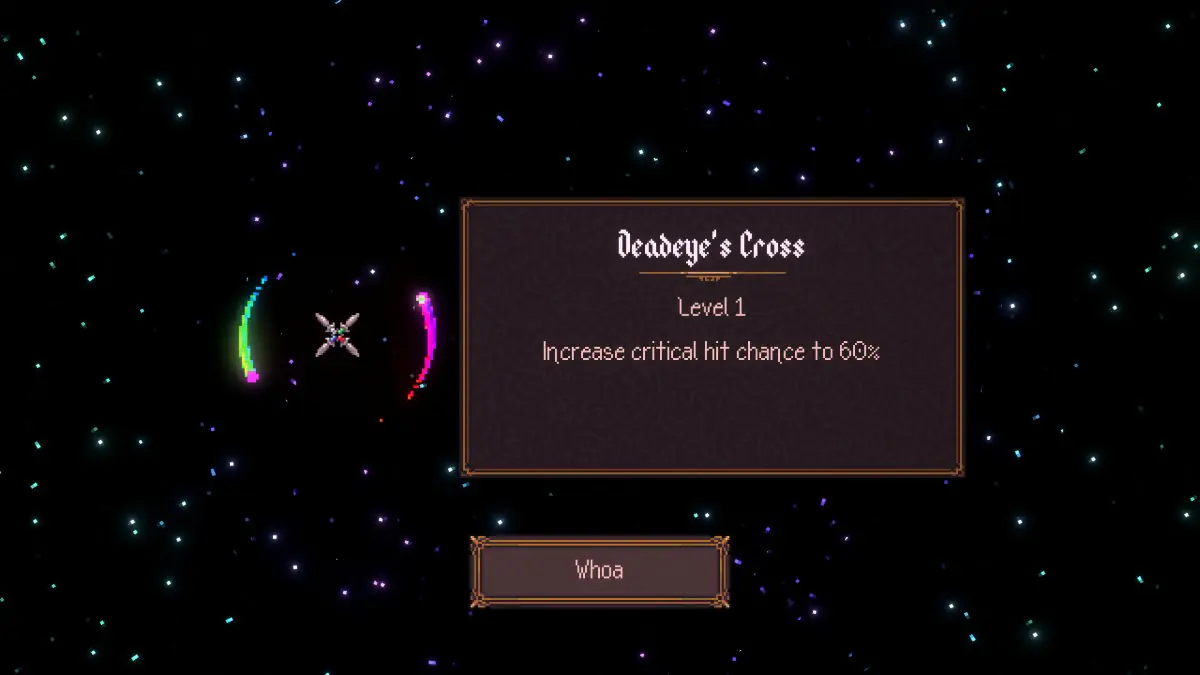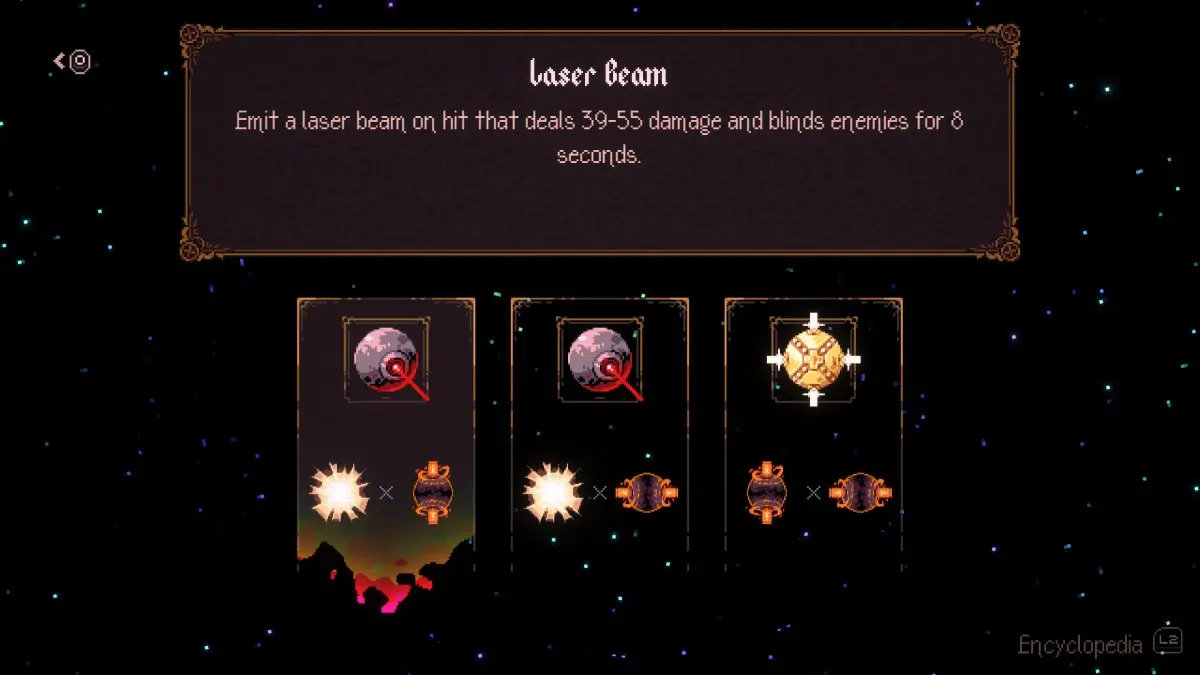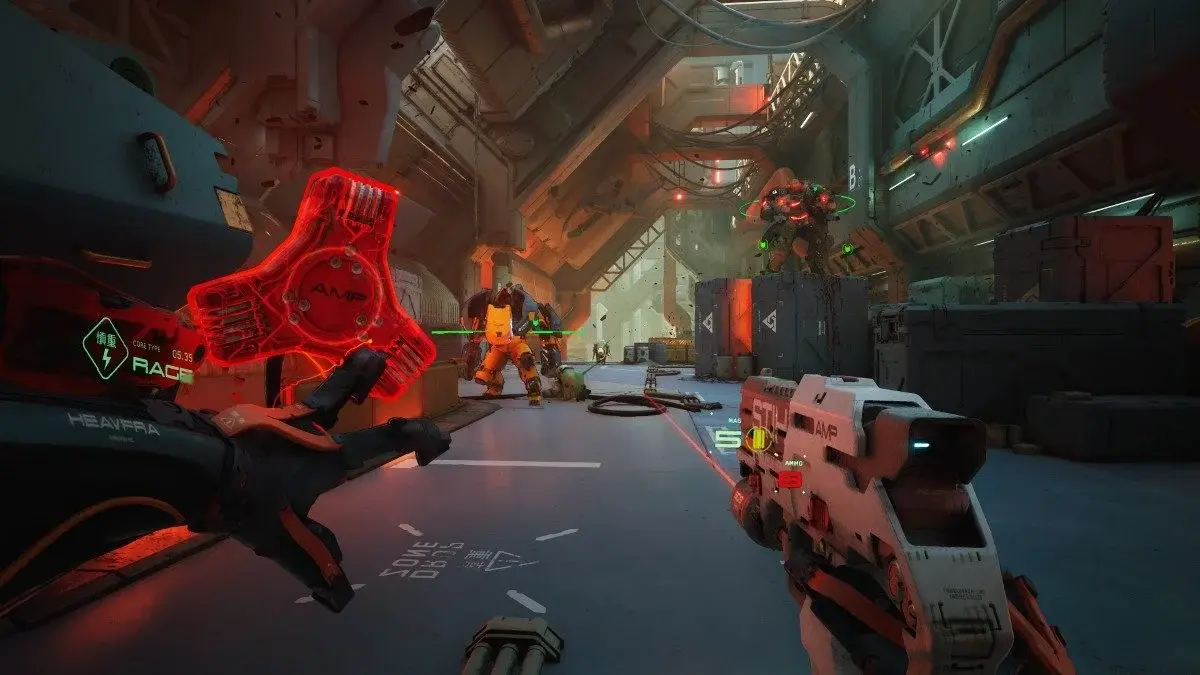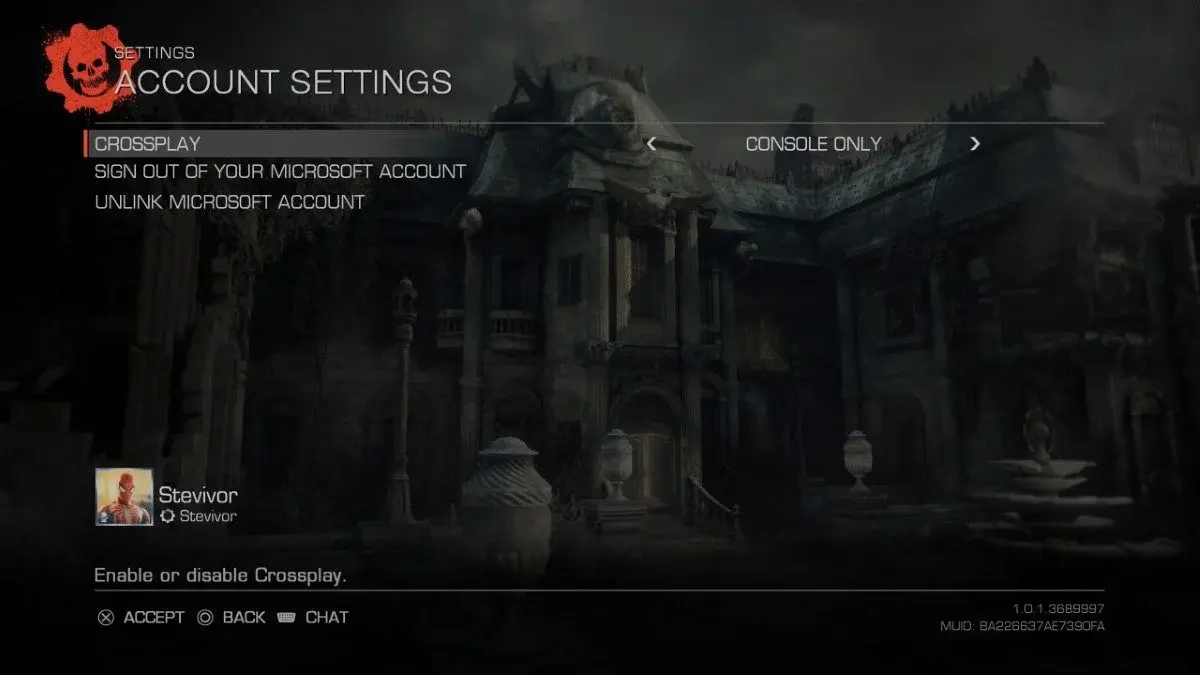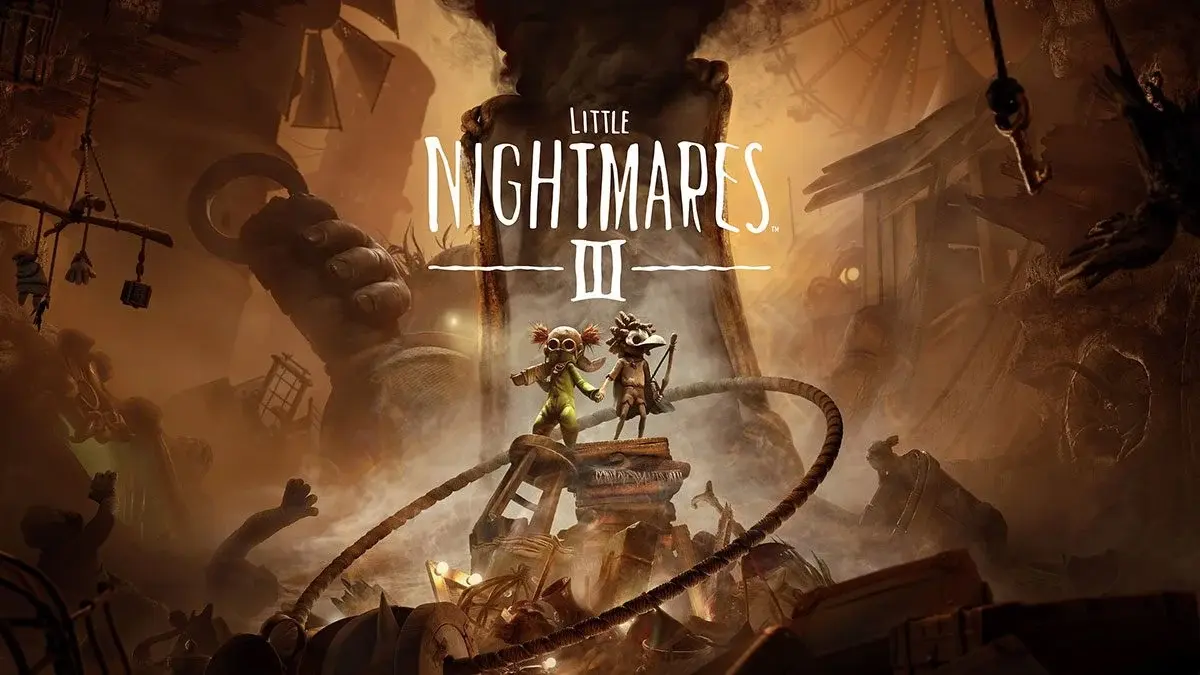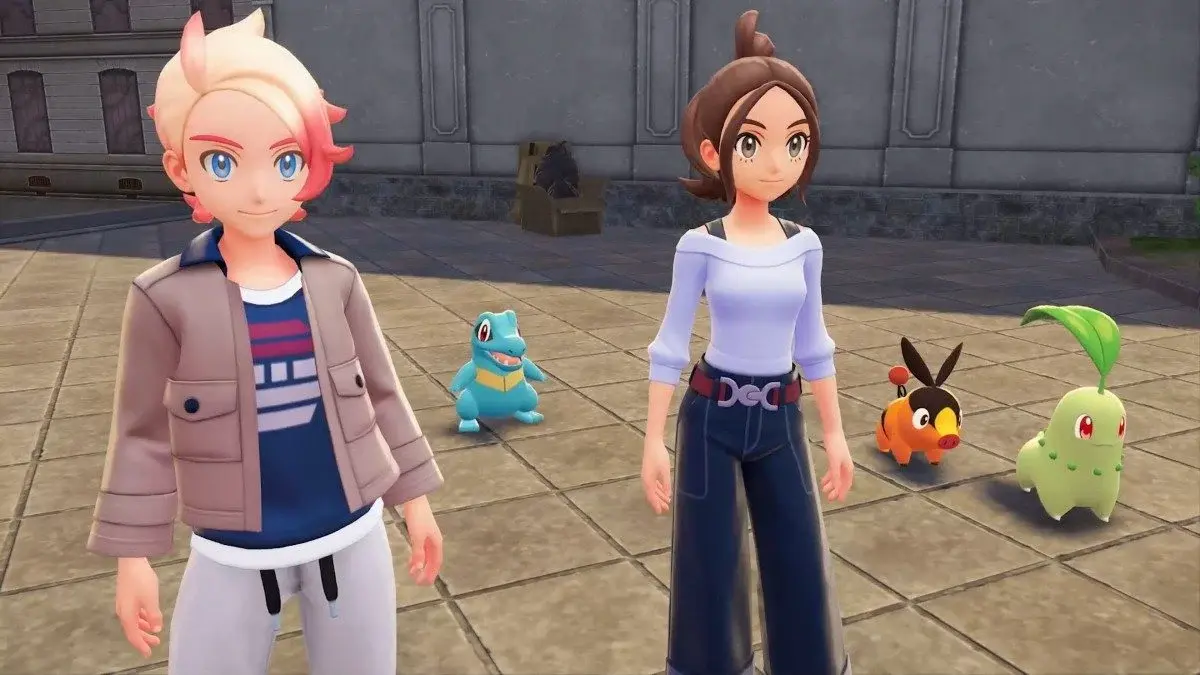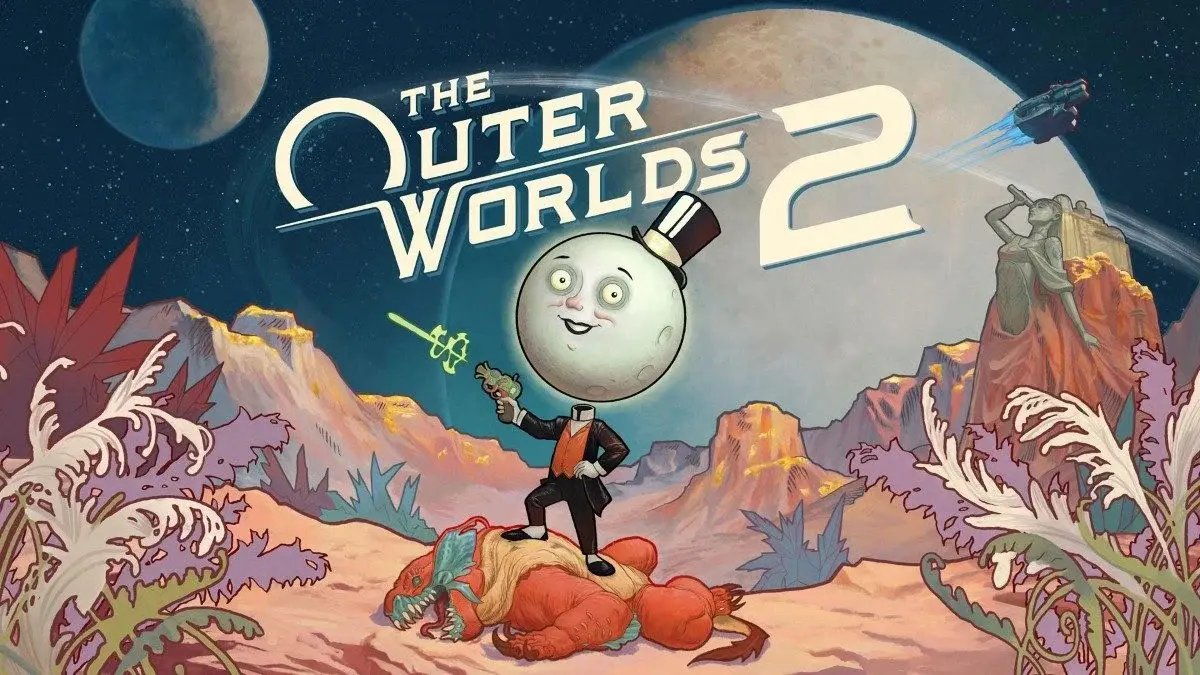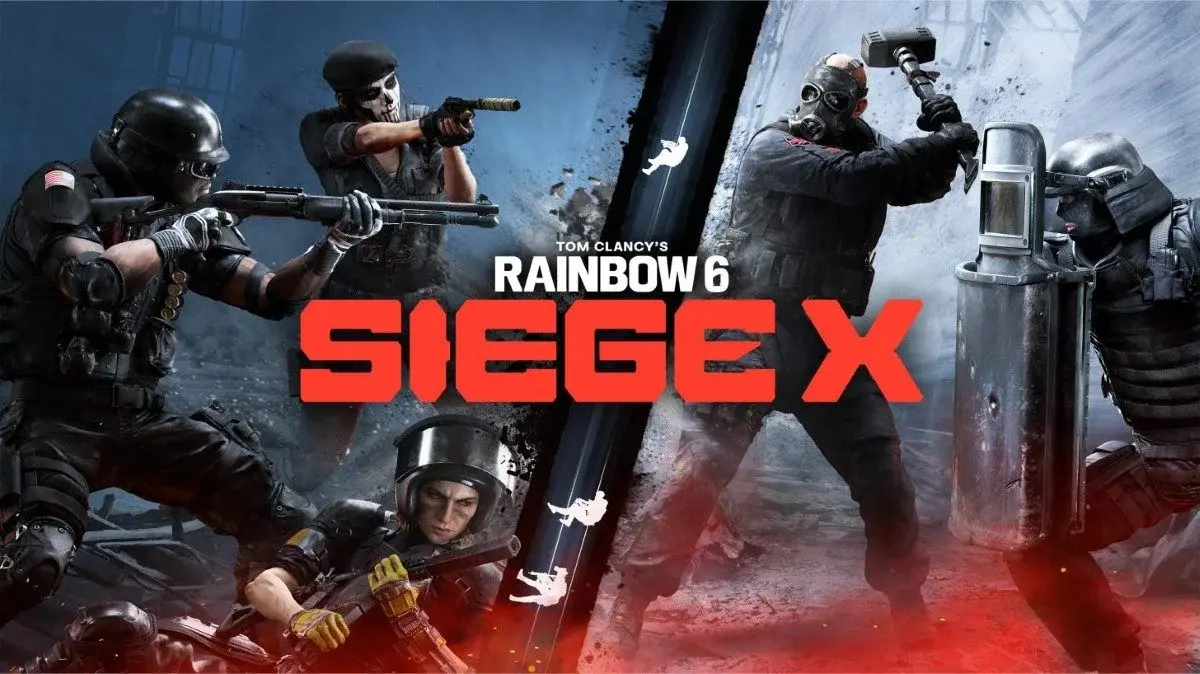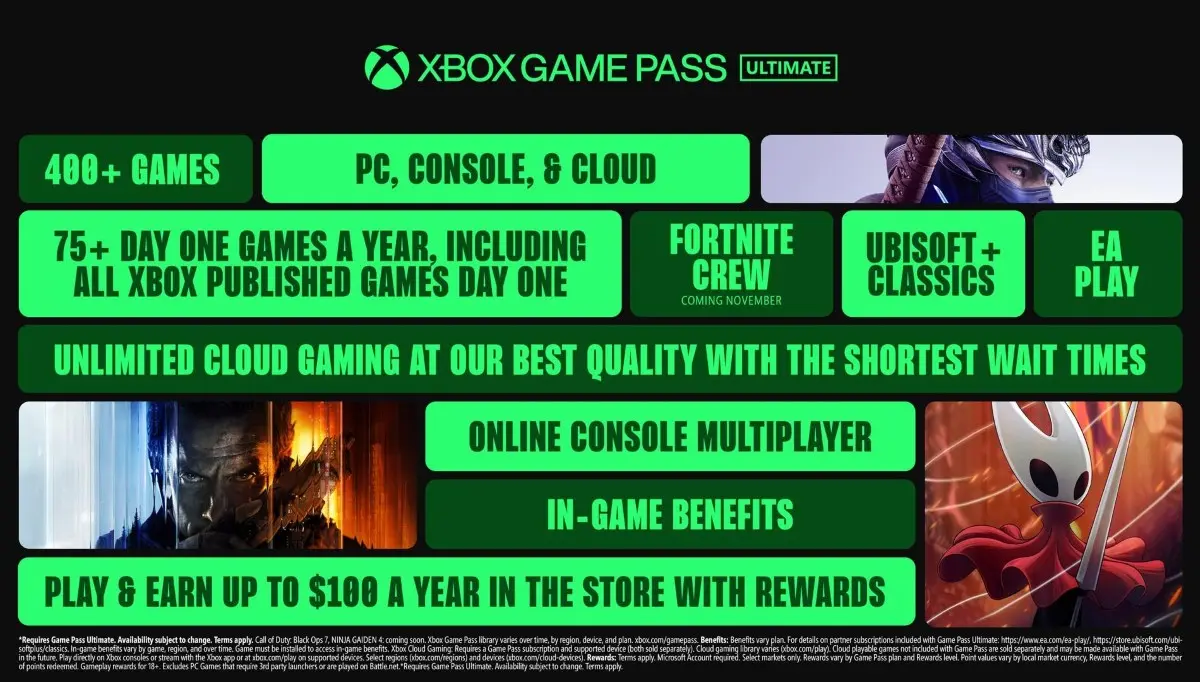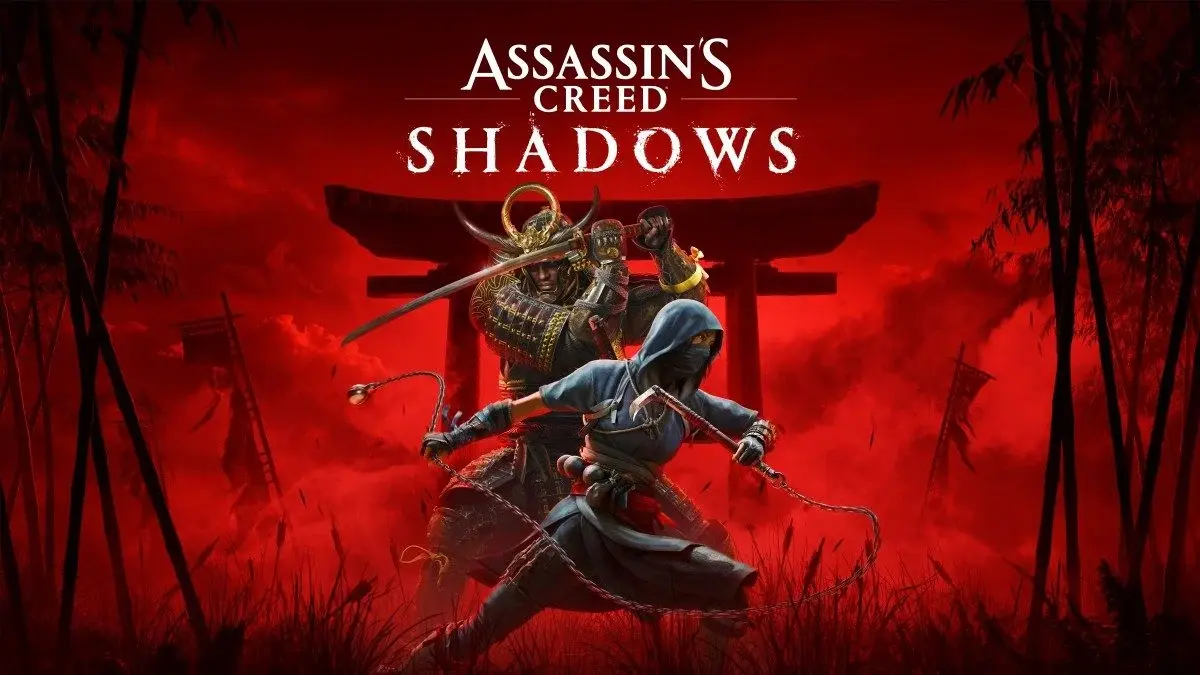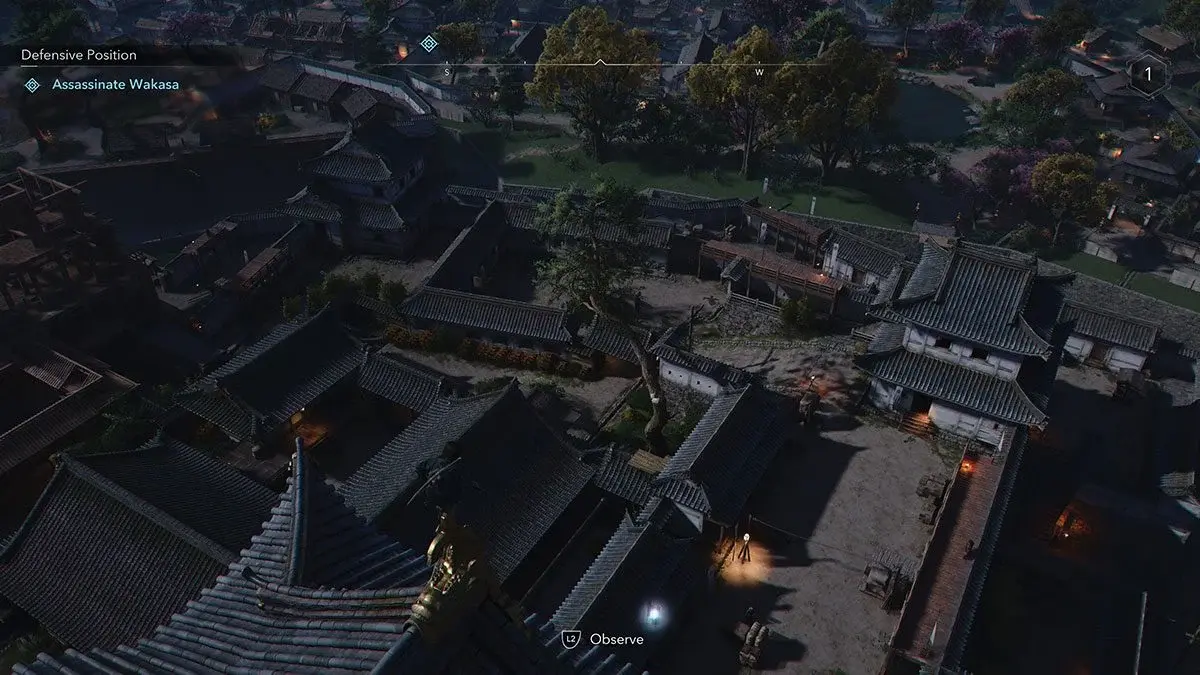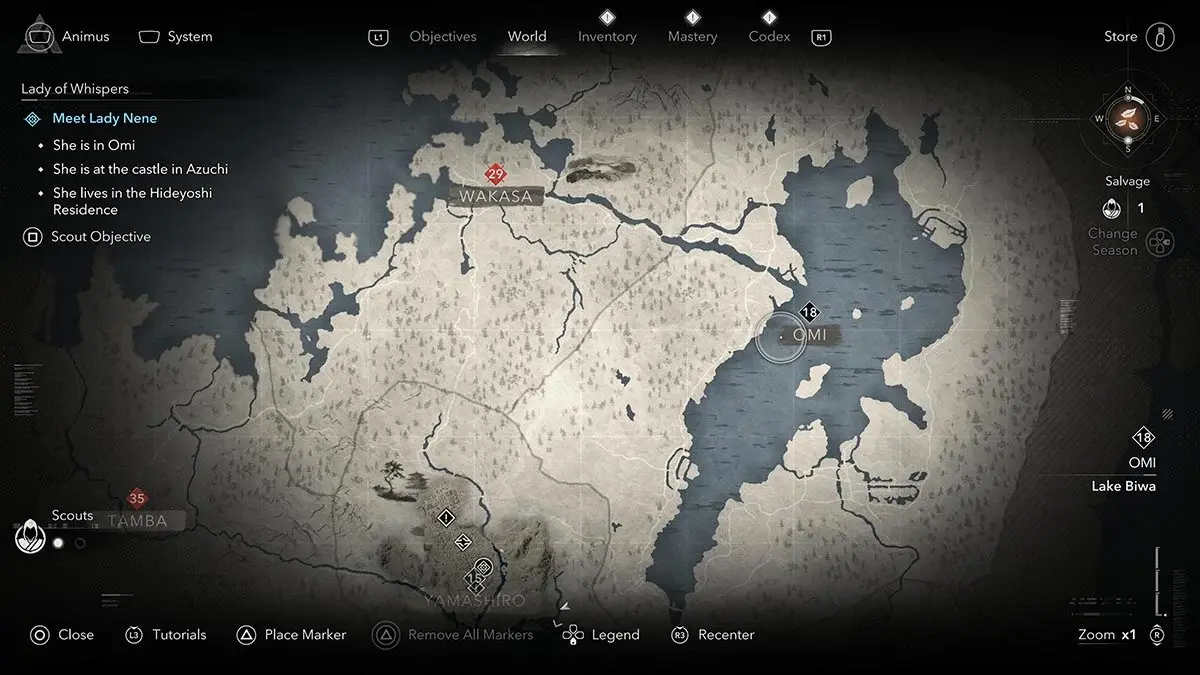Full size Assassin's Creed is back. Can it reduce the clutter but not the content?
Assassin’s Creed Shadows returns to the series’ expansive open-world RPG formula but buries the bloat to deliver a more structured experience without cutting content. This style of Assassin’s Creed launched the new hardware over 4 years ago with Valhalla. Since then, we’ve had a welcome return to the smaller scale assassin-focus of the Ezio era with Mirage. While this is quite different, it’s clearly been influenced by that desire for Assassin’s Creed to reclaim its identity.
It’s gone back to bigger but acknowledged that hasn’t always meant better. Developer Ubisoft Quebec has addressed common complaints of the Origins-through-Valhalla era with a less bloated and more story focused experience within that massive world. The secondary content is all still there, but it isn’t abruptly in your face. It allows space to enjoy the core, and frankly best, parts of Assassin’s Creed Shadows without disrupting the much-improved pacing. And that also makes it more compelling when you stumble upon and choose to engage with side activities, which don’t carry a sense of obligation or feel like they’re getting in the way.
With new mechanics that lean into its hidden origins, Shadows is the best stealth-orientated open world Assassin’s Creed in years – for those who choose to play that way. Direct combat remains clunky and dated. It’s been the series’ weakness for a long time and Shadows doesn’t have any grand ideas on how to fix it.
Japanese history has eluded the Animus program thus far, but it’s had a mass media resurgence of late with the popularity of TV’s Shogun and Ghost of Yotei shaping up as one of 2025’s most anticipated games, following Ghost of Tsushima as a swansong on PS4. Assassin’s Creed brings its unique blend of historical inspiration and stealth-action to differentiate itself from the crowded pack.

It explores the memories of feudal Japan in the 1500s through contrasting perspectives – two playable characters, but not two equal protagonists. That’ll all depend upon how you choose to play.
Naoe is an agile but deadly shinobi. She’s extraordinarily fast, whether sprinting across mountains, parkouring through townships, or using her grappling hook to quickly ascend or swing through the faithfully recreated castles spread throughout these lands.
Yasuke, an African samurai inspired by the real-life man who served Oda Nobunaga, is a towering figure in feudal Japan, but proves to be a charismatic and gentle giant aware his physical prowess means little without a strategic mind. He has his own take on assassinations, but he’s no assassin – he’s a brute who thrives on direct combat and is capable of fending off groups of enemies who would pose a serious threat to Naoe.
Assassin’s Creed has tried a few approaches to varying its hero. This is by far the best and most successful implementation of providing a choice of playable avatar. Not only do they control differently, giving you a genuine reason to switch between them when the time is right, they’re both pivotal to the narrative regardless of how you use them.
After a brief introduction to Yasuke, the first 8 hours are spent with Naoe, before the two connect and intertwine their stories. From there, you can largely switch between them as you wish, aside from a few story-locked moments.
In my playthrough, Naoe gets top billing in Assassin’s Creed Shadows. After spending the tutorial and beyond playing with her agility and hidden blades, I was accustomed to the speed and invested in her no-nonsense motivations. It was hard going back to a slow and lumbering character in such a large map. While I didn’t enjoy playing as Yasuke outside of set moments, he’s still an integral part of the story, and that’s where Shadow’s narrative structure shines – gameplay choices needn’t diminish the story.
That’s on full display in the new canon mode, which removes all influential dialogue options. With this enabled, it doesn’t matter what you say or who you choose to play as; you’ll experience the official version of Assassin’s Creed Shadows. The role-playing structure is available for those who want it, but this is a great middle ground between the RPG and linear style Assassin’s games. It delivers the strongest version of Naoe and Yasuke’s story with a more deliberate pacing free from muddling distractions.
On the gameplay front, new mechanics are found lurking in the shadows. It’s no longer all about the tall grass, though that’s still the handiest asset; nothing beats grass in the Animus. With a current-gen lighting system, you can now use shadows to your advantage as enemies won’t spot you crouching in darkness. You can also go prone and crawl past enemies, or sneak into buildings from underneath, so it’s not always about the rooftops. These options are available to Yasuke, almost comedically, but they’re more suited to the nimble Naoe.
She carries the hidden blades and is a ruthless assassin. While it’s very much a role-playing open world, Assassin’s Creed Shadows shines when it’s played as a stealth-RPG, and that’s Naoe’s game.
She’s weaker than Yasuke in direct combat. He has more powerful weapons, packs a punch and doesn’t go down easily. But Naoe feels like a proper Assassin’s Creed character – especially when the option to guarantee assassinations is enabled. I’ve hated being denied hidden blade strikes from a prime position just because my target is too high a level to die from a blade to the neck. That always felt against the spirit of Assassin’s Creed, so I’ve gladly empowered Naoe to reliably eliminate her target.
Both characters can wield katanas and engage in direct combat, a strength of Yasuke’s but not of Assassin’s Creed Shadows. Enemies are more aggressive, but they still stand around waiting their turn. The attack, parry and dodge dance of swordplay works well against a single enemy, and there are some well scripted mini boss battles.
However, with multiple enemies engaged, Shadows still grapples with the same issues faced by the PS3 and Xbox 360 era instalments; it just doesn’t know how to handle a bunch of baddies with katanas. It’s frustrating to perfectly time a dodge, opening a samurai to attack, only for another foe off-screen to strike and close the window of opportunity. It’s no worse than its predecessors, but with targeted improvements across the board, direct combat remains the weak link.
Since it retooled with Origins in 2017, Assassin’s Creed has firmly entrenched itself as an open-world RPG well beyond its stealth-adventure roots. The more recent entries have offered a deluge of choice and world-building, but that’s also been overwhelming. What’s meant to provide freedom has cluttered the map with chaos and weakened the narrative by prolonging and burying it amongst too much filler.
Shadows comes closer to having its cake and eating it too; the content is all still here, but it’s structured in a more engaging way, in both how the story and gameplay are delivered. The decluttered map takes some getting used to, and it’s actually slower at first. There’s no direct quest marker, so you’ll need to properly read the objectives which help narrow down where to look. It felt like a game from the early 2000s that came with a printed map, before we all moved to in-game Google Maps.
It’s different, it’s slower, and the blueprint quickly exposes itself. As every objective becomes an investigation zone, once the location is revealed you’ll spend a lot of time running around zoomed over-the-shoulder with L2 in the new observation mode – which reveals a glowing blue dot when in range. Not to be confused with Eagle Eye to make enemies glow red.
Initially I found this tiresome, as it’s slowing down the inevitable arrival at a highlighted objective. But I’ve grown to really like it. This approach helps reduce the map bloat and requires more attention on what you’re actually doing, which also helps build a greater understanding of the map. Yet, it’s still the familiar Assassin’s Creed gameplay loop that ends with somebody on the ground. The excellent customisation is again in play here; if you like, this can be disabled in favour of direct waypoints. I very nearly caved, but I fought the impulse to toggle and my time in 1579 Japan was all the better for it.
The world is ripe for exploration. It’s vast, expansive, and very vertical, full of lush vegetation that tries to force you to stick to the beaten path; but the fastest route is often blindly through dense trees. The settlements are well designed and the castles and shrines in particular standout with a high attention to detail recreating these historic monuments.
The expansive lands between are scenic but can feel empty, with only a scattering of people and wildlife roaming between townships. The changing seasons, which roll around every hour or so, keep well-trodden areas fresh. Like revisiting a favourite tourist spot at different times of year, wadding through snow or galloping through colourful autumn leaves really do renew familiar sights.
They also reveal some of the technical shortcomings. Playing on PS5 Pro, Ubisoft recommends the 30 frames-per-second quality mode. The recreation of Japan looks great. Although, outside of its playable cast, the character faces don’t particularly showcase that this is the first Assassin’s Creed game made exclusively for the current-gen consoles. Performance mode runs at a fairly stable 60fps, but expect to see those vibrant leaves pop-in almost beneath your feet while trotting along. The 40fps balanced mode finds a happier middle ground for those who can accept the trade-off. The wrap-up here is that there are still compromises to be made – even on the mid-gen refresh that promised the best of both worlds.
The underlying theme of Assassin’s Creed Shadows is customisation. Out of the box, it might not be your favourite Assassin’s Creed game, but it provides the tools to craft the rulebook of your own adventure. It has all the building blocks to allow you to play a long but focused story as a stealthy assassin, or you can forgo that, get buried in side quests, and play it as an action-RPG.
Or perhaps you’ll take forever to get around to that because you decide to play it as Animal Crossing Shadows and spend days scavenging supplies to fully build your personal hideout – if you’re like me, that’s the opposite of what you want from Assassin’s Creed, so thankfully after the tutorial it can be ignored. Those who most enjoy Assassin’s Creed Shadows will be the players who craft their own experience: To copy me, turn guaranteed assassination on, forget most of the side bloat, and almost exclusively play as Naoe.
Assassin’s Creed Shadows finds a balance between the massive open world RPG the series has become and its stealth-orientated, story-focused origins for those who want to find it. Ubisoft doesn’t seem entirely sure what it wants Assassin’s Creed to be, so it provides options and leaves it up to players.
There’s an offer to play the canon story, an effective use of two playable characters that both fit into the narrative and deliver contrasting gameplay, and optional side quests don’t get in the way as often but are still there. Shadows is best played with hidden blades as a stealth-action game reminiscent of what Assassin’s Creed used to be, but its greatest strength is choice. It’s up to the player to choose to stay in the shadows or emerge from the darkness.
Assassin’s Creed Shadows was reviewed using a promotional code on PS5 Pro, as provided by the publisher. Click here to learn more about Stevivor’s scoring scale.
 |
Assassin's Creed Shadows20 March 2025PC PS5 Xbox Series S & X
|
This article may contain affiliate links, meaning we could earn a small commission if you click-through and make a purchase. Stevivor is an independent outlet and our journalism is in no way influenced by any advertiser or commercial initiative.

